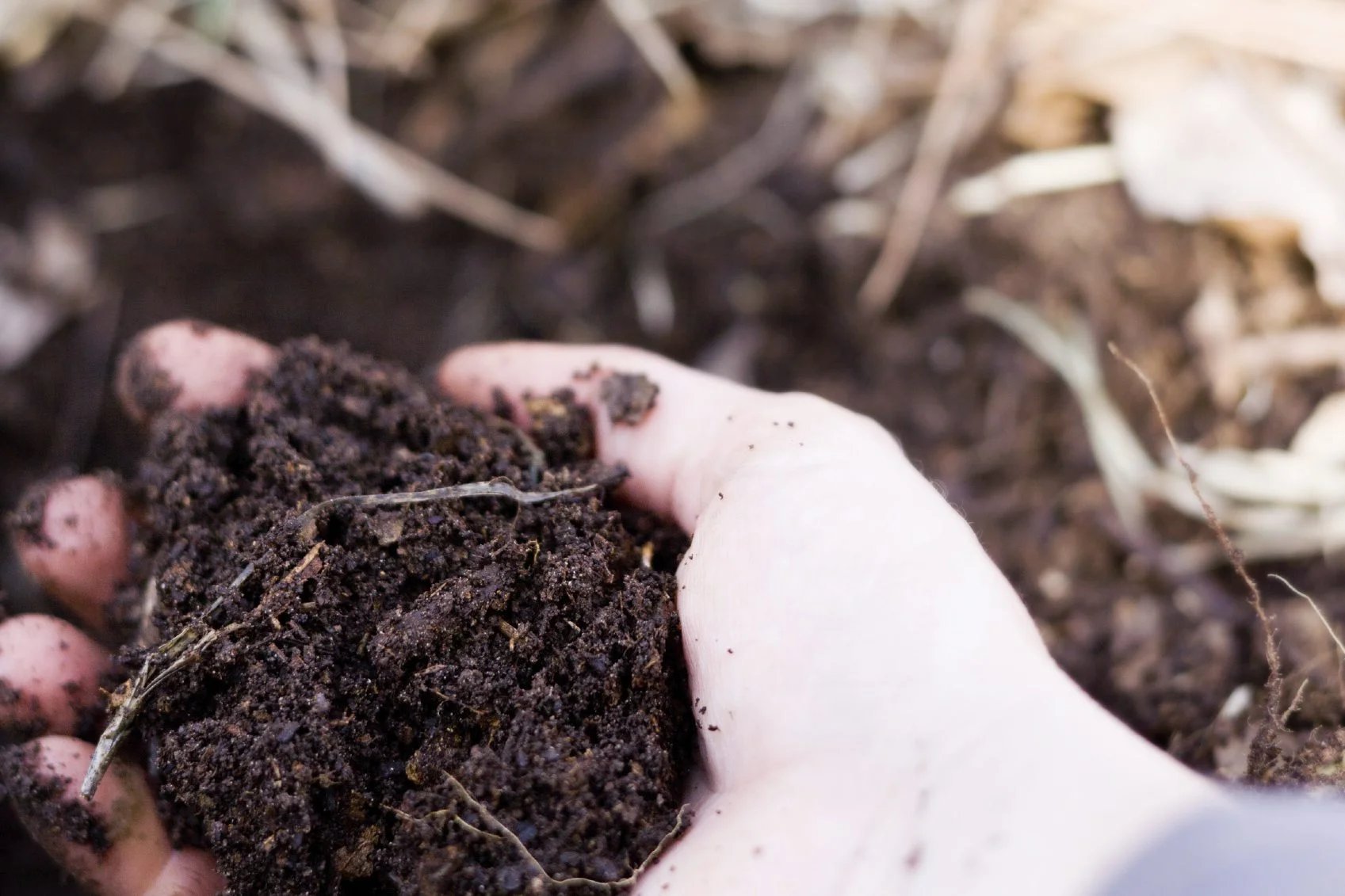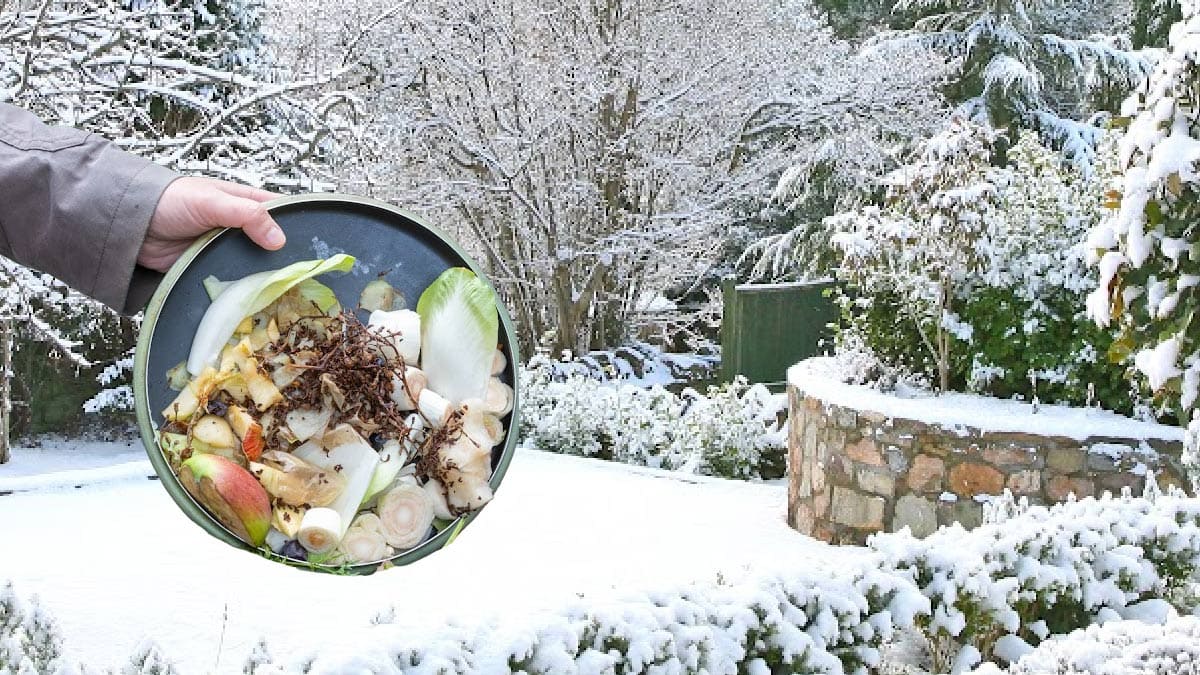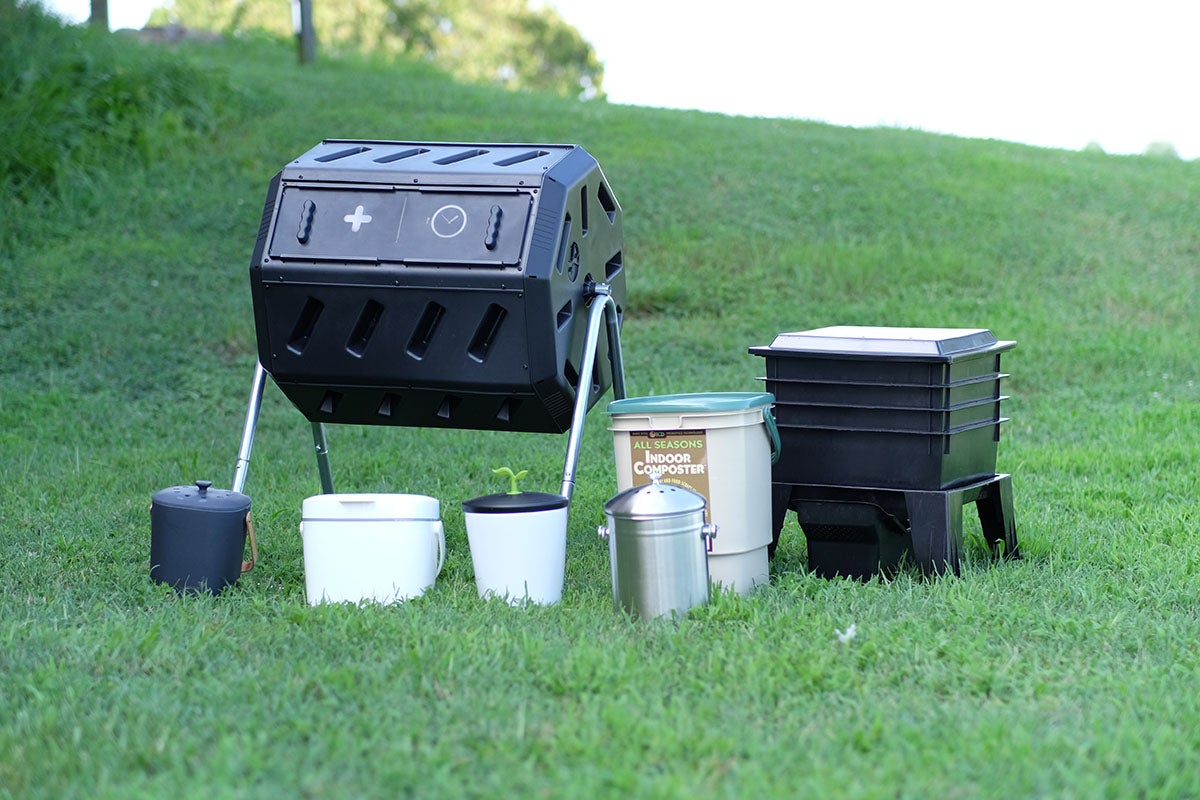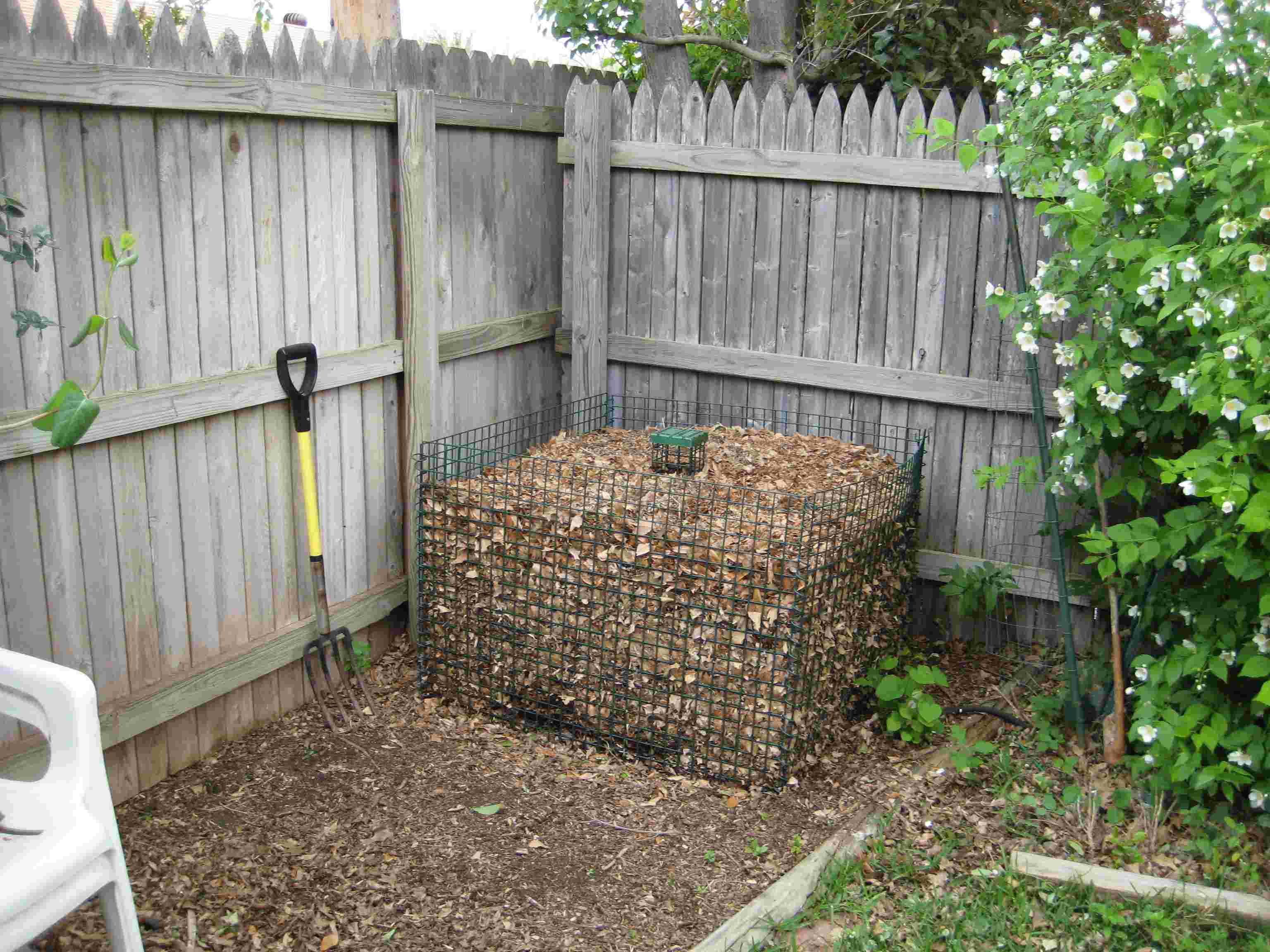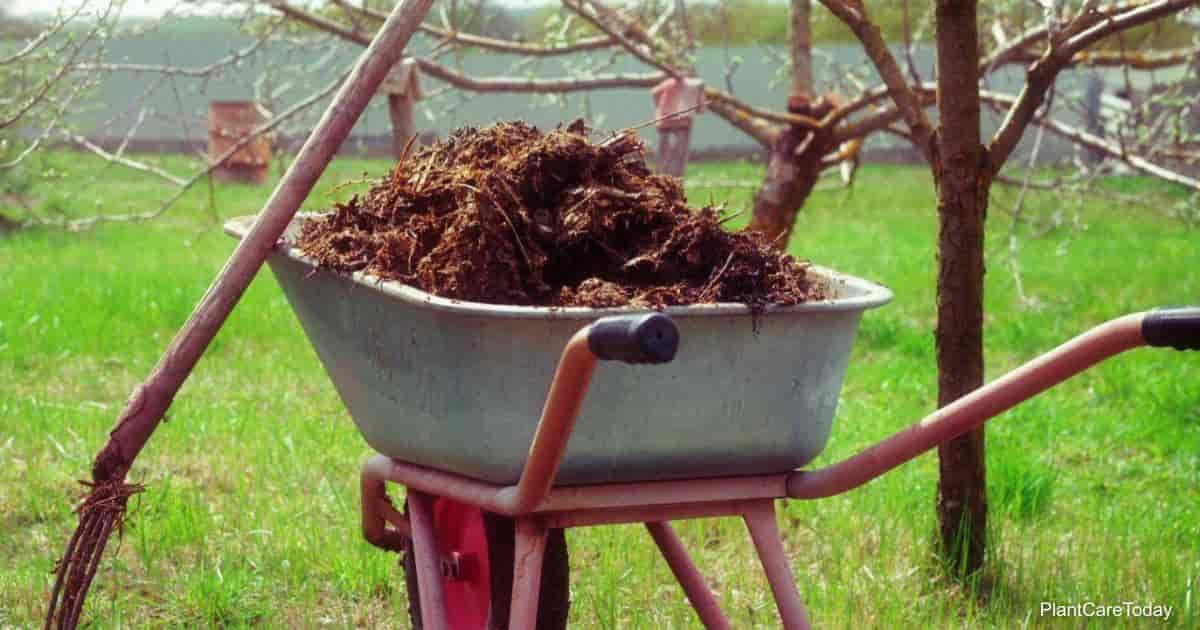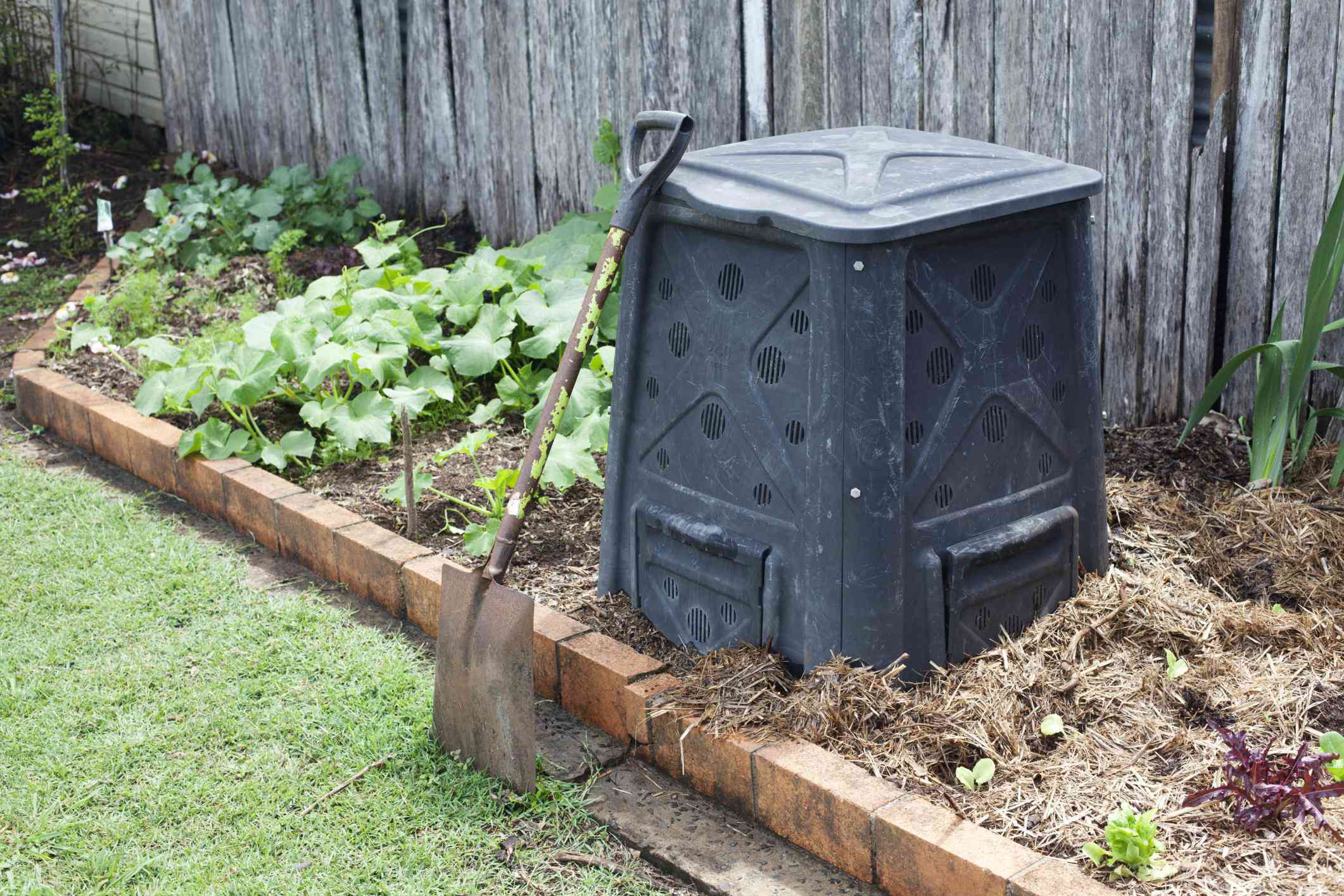Home>Gardening Techniques>DIY Projects>How To Compost Egg Shells
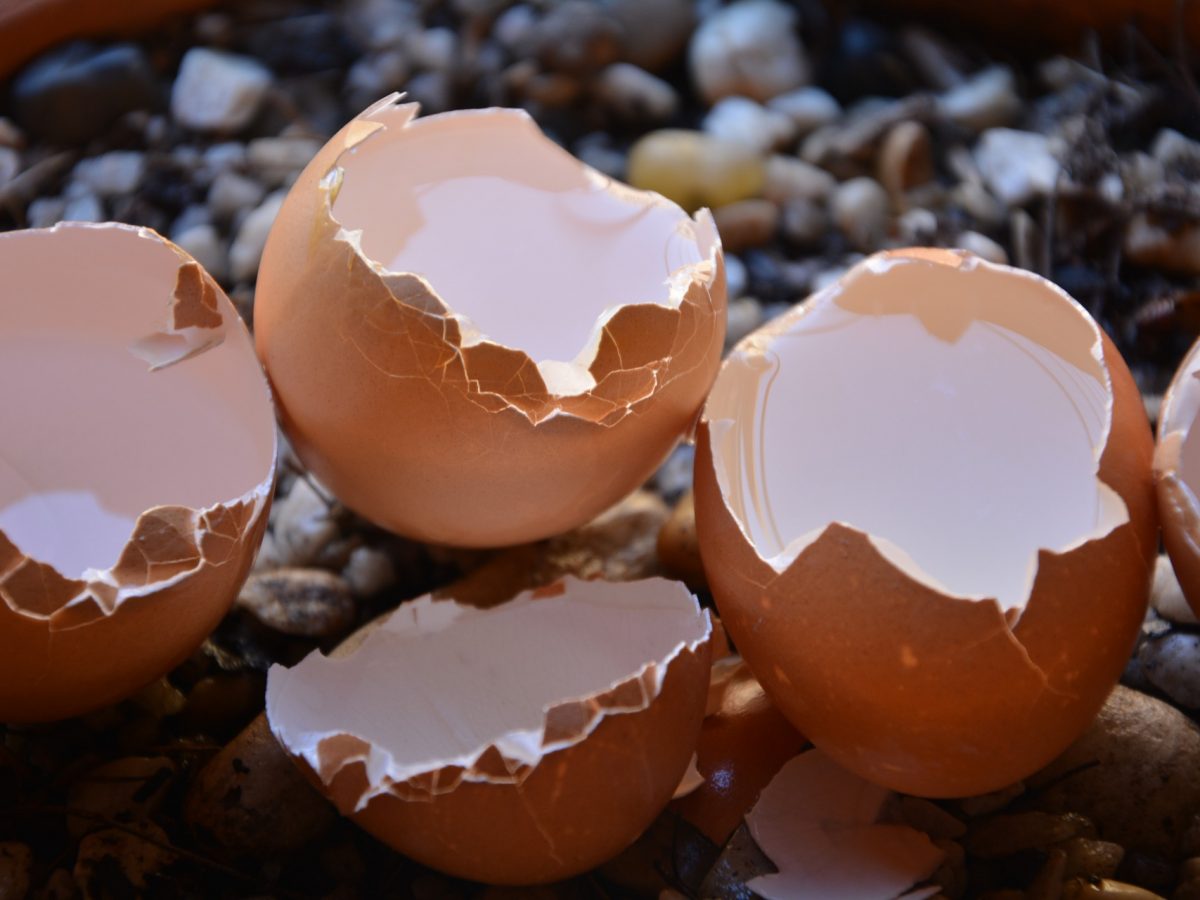

DIY Projects
How To Compost Egg Shells
Modified: January 22, 2024
Learn how to compost egg shells at home with this easy DIY project. Turn your kitchen waste into nutrient-rich compost for your garden.
(Many of the links in this article redirect to a specific reviewed product. Your purchase of these products through affiliate links helps to generate commission for Chicagolandgardening.com, at no extra cost. Learn more)
Table of Contents
- Introduction
- Benefits of Composting Egg Shells
- Selecting Egg Shells for Composting
- Cleaning and Preparing Egg Shells
- Methods of Composting Egg Shells
- Incorporating Egg Shells into Existing Compost Bins
- Using Egg Shells as Fertilizer in the Garden
- Tips and Best Practices for Composting Egg Shells
- Common Mistakes to Avoid
- Conclusion
Introduction
Composting is a sustainable and eco-friendly way to recycle organic waste and nourish the soil. While many people are familiar with composting kitchen scraps like vegetable peels and coffee grounds, one often overlooked item that can be added to a compost pile is egg shells. Egg shells are not only a common household waste but also a valuable source of essential nutrients for plants.
Composting egg shells not only reduces waste but also provides numerous benefits. The shells are rich in calcium, which is essential for plant growth, particularly for promoting healthy cell development and strengthening cell walls. Additionally, they also contain traces of other elements such as magnesium, potassium, and phosphorus, which are vital for overall plant health.
The process of composting egg shells is relatively simple and can be done in different ways, depending on personal preference and the available resources. Whether you have a backyard compost pile or a small indoor compost bin, incorporating egg shells into your composting routine can significantly contribute to the success of your compost and the health of your plants.
In this article, we will discuss the benefits of composting egg shells, how to select and prepare egg shells for composting, various methods of composting egg shells, and how to use the resulting compost in your garden. We will also provide some helpful tips and best practices to ensure successful composting and address common mistakes to avoid.
If you are looking to reduce waste, enhance plant health, and improve your gardening efforts, read on to discover the many benefits and techniques of composting egg shells.
Benefits of Composting Egg Shells
Composting egg shells offers a range of benefits for both the environment and your plants. Here are some of the key advantages:
- Nutrient-Rich Soil Amendment: Egg shells are an excellent source of calcium, which is an essential nutrient for plant growth. When added to compost, the shells break down gradually, releasing calcium and other nutrients into the soil. This enriches the compost, making it a valuable soil amendment for your garden.
- Promotes Healthy Plant Growth: Calcium plays a crucial role in promoting strong and healthy plant growth. It aids in the development of roots, stems, and leaves, and helps prevent diseases such as blossom end rot in tomatoes and peppers. By composting egg shells, you are providing a natural and readily available source of calcium for your plants.
- Helps Balance pH Levels: Egg shells have a pH level of around 8, which makes them slightly alkaline. Adding crushed egg shells to your compost can help neutralize acidic soil and balance the pH levels. This can create an optimal growing environment for a wide range of plants.
- Aids in Compost Breakdown: Egg shells have a high carbon-to-nitrogen ratio, which can help balance the compost pile. The carbon content of the shells helps create aeration and prevent compacting, while the nitrogen content assists in the decomposition process. This accelerates the breakdown of other organic materials in the compost pile.
- Reduces Waste: By composting egg shells, you are diverting them from the landfill. It’s estimated that billions of egg shells end up in landfills each year. By incorporating them into your compost, you are not only reducing waste but also turning it into a valuable resource for your garden.
Incorporating egg shells into your composting routine can have a profound impact on the health of your plants and the sustainability of your gardening practices. The next section will discuss how to select and prepare egg shells for composting.
Selecting Egg Shells for Composting
When it comes to composting egg shells, it is important to select shells that are free from any contaminants or harmful substances. Here are some tips to keep in mind when selecting egg shells for composting:
- Choose Organic Eggs: Whenever possible, opt for organic eggs. These eggs are produced without the use of synthetic pesticides, antibiotics, or genetically modified organisms (GMOs). By choosing organic eggs, you can ensure that your compost remains free from any unwanted chemicals.
- Avoid Egg Shells with Residue: It is important to clean egg shells thoroughly before composting them. Avoid using shells that still have egg residue clinging to them, as this can attract pests and lead to unpleasant odors in your compost pile. Rinse the shells with water and gently remove any remaining egg white or yolk.
- Do Not Compost Egg Shells from Commercial Bakeries: Some commercial bakeries use chemicals or additives to process eggs for baked goods. As a result, these egg shells may not be suitable for composting. It is best to stick to egg shells from organic or locally sourced eggs to ensure they are free from any potentially harmful substances.
- Avoid Egg Shells from Illness-Prone Animals: If you have access to backyard chickens or know someone who does, using their egg shells for composting can be a great option. However, if the chickens have been exposed to any illnesses or medications, it is advisable to avoid using their egg shells in compost. This is to prevent the transmission of any pathogens to your plants or introduce unwanted chemicals into your compost.
By being mindful of the source and condition of the egg shells you choose for composting, you can ensure that your compost remains organic, safe, and beneficial for your plants. The next section will discuss how to clean and prepare egg shells before adding them to the compost pile.
Cleaning and Preparing Egg Shells
Properly cleaning and preparing egg shells before composting is essential to prevent any pest infestations or unpleasant odors in your compost pile. Here are the steps to follow:
- Rinse the Shells: After cracking eggs, gently rinse the shells under tap water to remove any remaining egg white or yolk. Avoid using hot water, as it can cause the shells to stick together.
- Allow the Shells to Dry: Once rinsed, place the egg shells on a clean towel or drying rack to air dry. It is crucial to allow them to dry completely before adding them to the compost pile. This helps prevent the growth of mold or bacteria in the compost.
- Crush the Shells: Once dry, crush the egg shells into small pieces. This can be done by hand, using a rolling pin, or with the help of a mortar and pestle. Crushing the shells into smaller fragments increases their surface area, enabling them to break down more quickly in the compost pile.
- Consider Baking the Shells: If you want to take an extra step to ensure the shells are free from any bacteria or pathogens, you can bake them in the oven. Preheat the oven to 200°F (93°C) and place the crushed egg shells on a baking sheet. Bake them for around 10 minutes to eliminate any potential contaminants. Allow the shells to cool before adding them to the compost.
By following these simple steps, you can ensure that your egg shells are clean, dry, and ready to be incorporated into your compost pile. The next section will discuss different methods of composting egg shells.
Methods of Composting Egg Shells
There are several methods you can use to compost egg shells, depending on your available space, resources, and personal preference. Here are a few common methods:
- Backyard Compost Pile: If you have a backyard compost pile, you can simply add crushed egg shells directly to the pile. Mix them with other compostable materials such as kitchen scraps, yard waste, and leaves. The shells will decompose over time, releasing their nutrients into the compost.
- Indoor Composting: For those without access to a backyard, indoor composting is a convenient alternative. Use a small compost bin or a worm composting system like vermicomposting. In vermicomposting, worms help break down the food scraps, including egg shells. Bury the crushed egg shells in the bedding or feed them to the worms, and they will digest the shells along with other organic matter.
- Burying Egg Shells: Another method is to bury the egg shells directly in your garden beds. Dig small holes and place the crushed shells at the bottom before covering them with soil. The shells will gradually decompose, providing a slow-release source of calcium and other nutrients for nearby plants.
- Create Egg Shell Tea: You can make a nutrient-rich liquid fertilizer known as egg shell tea. To do this, place crushed egg shells in a container filled with water and let them steep for a few days. The water will absorb the calcium and other minerals from the shells. Use the egg shell tea to water your plants or add it directly to the soil to provide a boost of nutrients.
Choose the method that suits your needs and circumstances best. Regardless of the method you choose, remember that it is important to be patient as egg shells take time to break down completely. The next section will discuss how to incorporate egg shells into existing compost bins.
Incorporating Egg Shells into Existing Compost Bins
If you already have a compost bin or pile, adding egg shells can provide a nutrient boost and help balance the compost. Here are a few tips on how to incorporate egg shells into your existing compost:
- Crush the Egg Shells: Before adding egg shells to your compost bin, ensure they are crushed into small pieces. This increases their surface area and promotes faster decomposition.
- Mix them in: Scatter the crushed egg shells throughout the compost bin, mixing them with other organic materials like kitchen scraps, yard waste, and leaves. It is recommended to layer the materials to allow for better aeration and decomposition.
- Avoid Clumping: To prevent the egg shells from clumping together and impeding the composting process, scatter them evenly rather than dumping them all in one spot. This will ensure that they break down more efficiently and distribute the nutrients more evenly throughout the compost pile.
- Add other compost-friendly materials: Along with the egg shells, continue adding a variety of compostable materials to your compost bin. This includes fruit and vegetable scraps, coffee grounds, tea bags, and yard waste. The combination of these materials will create a balanced compost mix with a diverse range of nutrients.
- Maintain the compost: Monitor the moisture and temperature levels in the compost regularly. Keep the compost moist but not soggy, and turn it periodically to ensure proper aeration. This will help the egg shells and the other materials in the compost decompose efficiently.
By incorporating crushed egg shells into your existing compost bin, you enrich the compost with calcium and other beneficial nutrients for your plants. The next section will explore how to use the resulting compost, including the egg shells, as a fertilizer in your garden.
Using Egg Shells as Fertilizer in the Garden
Once the egg shells have fully decomposed in your compost, you can utilize the resulting compost as a nutrient-rich fertilizer in your garden. Here are a few ways you can use egg shells as fertilizer:
- Direct Application: Sprinkle the composted egg shells directly onto the soil around your plants. Gently work them into the top layer of soil using a garden fork or rake. This will gradually release the nutrients into the soil, promoting healthy plant growth.
- Soil Amendment: Mix the composted egg shells into the soil before planting. This will improve the overall nutrient content and structure of the soil, providing a beneficial environment for your plants to thrive.
- Seed Starting: Crushed egg shells can be used as a natural seed starting medium. Fill eggshell halves with a mixture of compost and potting soil, then plant your seeds directly into them. The nutrients from the composted egg shells will nourish the seedlings as they grow.
- Top Dressing: Sprinkle a thin layer of composted egg shells on the surface of the soil around established plants. This acts as a slow-release fertilizer, providing a steady supply of nutrients as the shells continue to break down.
Remember to distribute the composted egg shells evenly and avoid large clumps to ensure even nutrient distribution. Additionally, it is important to note that the effects of using egg shells as fertilizer may not be immediate, as they release nutrients gradually over time.
Keep in mind that while egg shells provide valuable nutrients, they should not be the sole source of fertilizer in your garden. It is still important to have a balanced approach to fertilizing, considering the specific needs of your plants and supplementing with other organic or synthetic fertilizers as necessary.
By utilizing composted egg shells as a natural fertilizer, you can enhance the fertility of your soil and promote healthy plant growth in your garden.
Tips and Best Practices for Composting Egg Shells
Composting egg shells effectively requires some attention to detail and best practices. Here are a few tips to help you make the most out of composting egg shells:
- Crush the shells: Ensure that the egg shells are crushed into small pieces before adding them to the compost pile. This helps them decompose more quickly and evenly.
- Balance the compost: Egg shells have a high carbon-to-nitrogen ratio, so it’s important to balance them with other compostable materials such as kitchen scraps, yard waste, and leaves. This helps maintain the proper carbon-to-nitrogen balance necessary for efficient composting.
- Layer the materials: To ensure proper aeration and decomposition, layer the egg shells with other organic materials in the compost bin. Alternate layers of green materials (such as fruit and vegetable scraps) with brown materials (such as dry leaves or shredded paper).
- Maintain moisture: Keep the compost moist by watering it regularly, especially during dry periods. However, be careful not to over-water, as excessive moisture can lead to unpleasant odors and slow down the decomposition process.
- Aerate the compost: Turning or mixing the compost pile regularly helps provide oxygen to the microorganisms responsible for decomposition. This aerates the compost and speeds up the breakdown of the egg shells and other compostable materials.
- Be patient: Decomposition takes time, especially for egg shells. They can take several months to fully break down. Be patient and give the composting process enough time to work its magic.
- Use compost in the garden: Once the compost has fully decomposed, it is ready to be used in the garden. Apply the finished compost to enrich the soil, improve its structure, and provide vital nutrients to your plants.
- Monitor for pests: Keep an eye out for any pests that may be attracted to the compost pile, particularly if you are using indoor composting methods. Take appropriate measures to prevent infestations and maintain a healthy composting environment.
By following these tips and best practices, you can maximize the effectiveness of composting egg shells and create nutrient-rich compost for your garden.
Common Mistakes to Avoid
While composting egg shells is a relatively straightforward process, there are some common mistakes that people make. Here are a few mistakes to avoid when composting egg shells:
- Not crushing the shells: Whole egg shells take much longer to decompose compared to crushed shells. Ensure that you crush the shells into small pieces before adding them to the compost pile to speed up the decomposition process.
- Adding too many shells at once: While egg shells are beneficial for composting, it’s important not to overload your compost bin with too many shells at once. This can lead to clumping, slow decomposition, and an imbalance in the compost mixture. Add the shells in moderation and mix them with other compostable materials.
- Using shells from contaminated eggs: It is crucial to source your egg shells from reputable sources, such as organic eggs or eggs from healthy backyard chickens. Avoid using shells from eggs that may be contaminated with chemicals or antibiotics, as this can introduce unwanted substances into your compost and garden.
- Not maintaining proper moisture levels: Compost piles require adequate moisture for decomposition to occur. One common mistake is allowing the compost to become too dry or too wet. Monitor the moisture levels and adjust as necessary. The compost should be moist like a damp sponge, but not saturated.
- Ignoring the carbon-to-nitrogen ratio: Composting requires a balanced carbon-to-nitrogen ratio for optimal decomposition. While egg shells are high in carbon, it’s important to mix them with nitrogen-rich materials, such as kitchen scraps or green yard waste, to maintain the right balance in the compost. Ignoring this balance can result in a slow or smelly composting process.
- Not turning the compost pile: Turning or mixing the compost pile helps aerate the materials and accelerate decomposition. Neglecting to turn the pile regularly can result in slow decomposition and a less effective composting process. Aim to turn the pile every couple of weeks to promote even breakdown of the egg shells and other compostable materials.
- Applying unfinished compost to plants: It’s important to ensure that the compost is fully decomposed before using it in your garden. Applying unfinished compost, which may still contain visible egg shell fragments, can lead to nutrient imbalances and potentially harm plants. Allow the compost to fully mature and break down before applying it to your garden.
By avoiding these common mistakes, you can ensure a more successful and efficient composting experience with egg shells.
Conclusion
Composting egg shells is an excellent way to reduce waste, nourish the soil, and promote healthy plant growth. These versatile shells are a valuable source of calcium and other essential nutrients that can benefit your garden. By properly selecting, cleaning, and preparing the egg shells, you can ensure their effective incorporation into your composting routine.
Whether you have a backyard compost pile or an indoor composting system, there are various methods you can use to compost egg shells. By crushing the shells and mixing them with other compostable materials, you can create a well-balanced and nutrient-rich compost mix.
Once the egg shells have fully decomposed, the resulting compost can be used as a natural fertilizer in your garden. From direct application to seed starting and top dressing, there are many ways to utilize this nutrient-rich compost to nourish your plants.
However, it’s important to remember a few key tips and avoid common mistakes. Properly crushing the shells, maintaining a balanced compost mix, monitoring moisture levels, and turning the compost pile are essential for successful composting with egg shells.
By incorporating these best practices and avoiding common pitfalls, you can create high-quality compost and harness the benefits of egg shells for your garden. Composting egg shells not only supports sustainable gardening practices but also helps reduce waste and turn it into a valuable resource.
So why not start composting your egg shells today? Your garden will thank you with vibrant, nourished plants, and the environment will benefit from your commitment to recycling and sustainable living.


